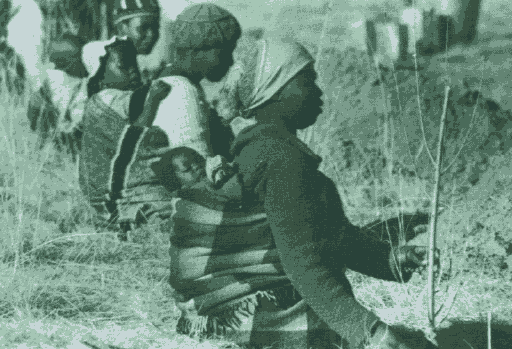

The tree is an extraordinary plant. It produces leaves, fruit and nuts year after year, season after season. Because of its deep roots, it can do so at times when annual plants are either dead or scarcely germinated. It accumulates its productivity in the form of wood that, if not harvested one year, is safely preserved for another. Its size, above and below ground, allows it to provide shade and to increase soil fertility. Once established, it can do all this with little or no human attention.
Trees also provide an extraordinary variety of products for human use: fruit and nuts for nourishment, leaves and pods for fodder, bark for medicines, resins for chemicals, roots for flavourings, fibres for making ropes and clothes, twigs for kindling, wood for burning, branches for thatch, and poles for building and fencing- to mention only a few.
In the forest, whole communities depend for their livelihoods on such products. But rural communities throughout the world also depend for many of their needs on the products of the trees and shrubs that grow locally. FAO, by establishing its special action programme on Forestry for Local Community Development in the late 1970s, has already formally acknowledged the importance of trees in rural economies.
But we now need to go further. Trees are important in rural economies largely as a result of the uses to which they are put by women. In many societies, it is women who must find and transport the fuelwood that their families need. It is often women, not men, who gather wild fruit and nuts, find fodder for their domestic stock, and make medicines and other products from woody materials. Women often also earn what little cash income they have from activities that relate, directly or indirectly, to trees and forests.
In many rural societies, a special relationship therefore exists between women, the family and trees. This fact has been only rarely acknowledged in past development programmes. As in other areas, too many projects have been unwittingly targeted at men with the result that women have sometimes not only failed to benefit from such projects but even been actively disadvantaged by them.
The message of this publication is twofold. First, development planners and forestry experts have much to learn from rural women. Women have a detailed knowledge of their surrounding flora that few experts can match. Furthermore, only women can identify accurately how future projects are likely to affect them, and in what ways they need help. Secondly, projects that aim to foster local community development can be more effective with the support of women.
The aim of rural development is to alleviate poverty. The basic reason why women now need special attention is that, though women work longer hours than men in most rural societies, they are also poorer. We have a responsibility to ensure that future development projects correct rather than worsen this imbalance.

Edouard Saouma
Director-General
Food and Agriculture Organization of the United Nations

women in Lesotho planting out saplings in a reforestation programme